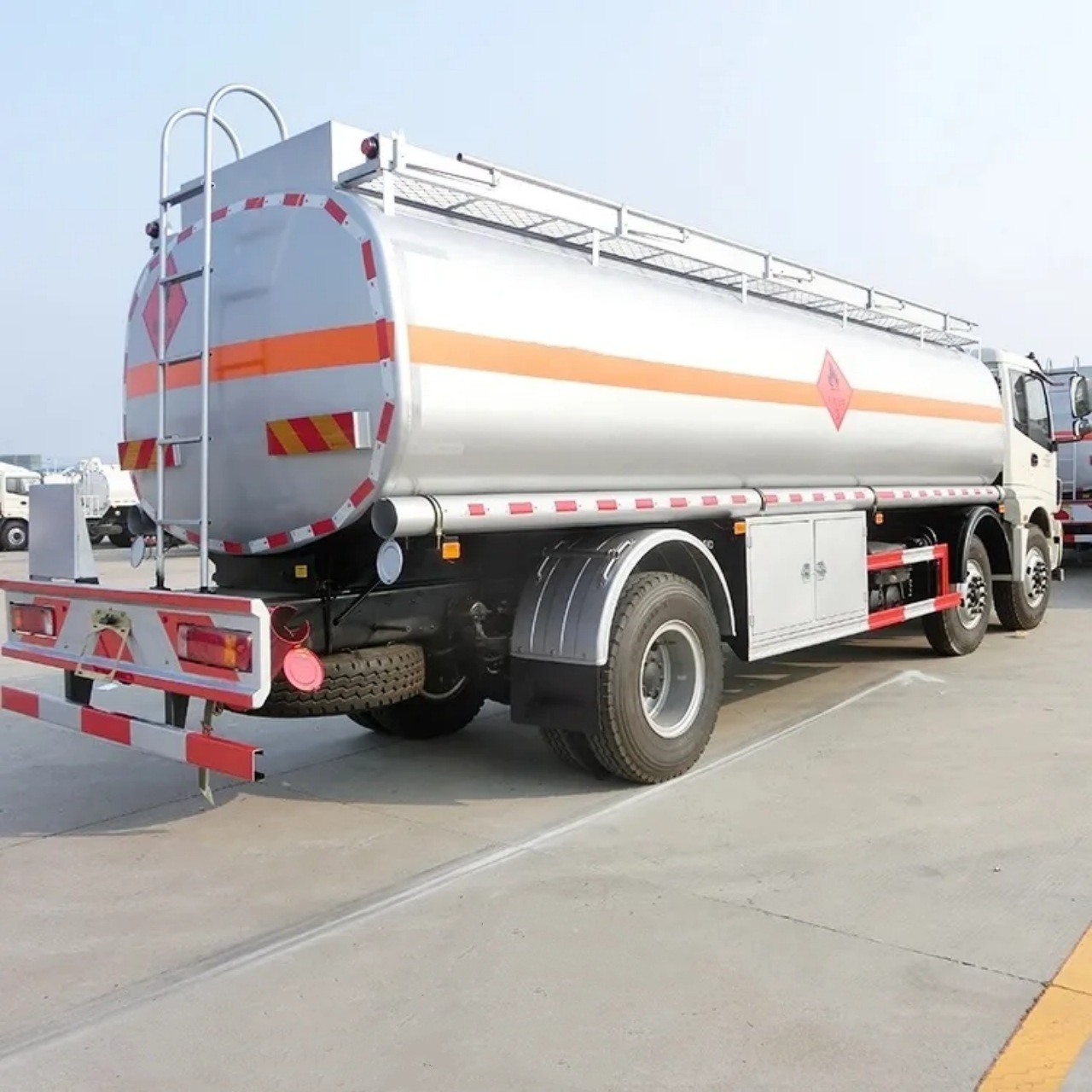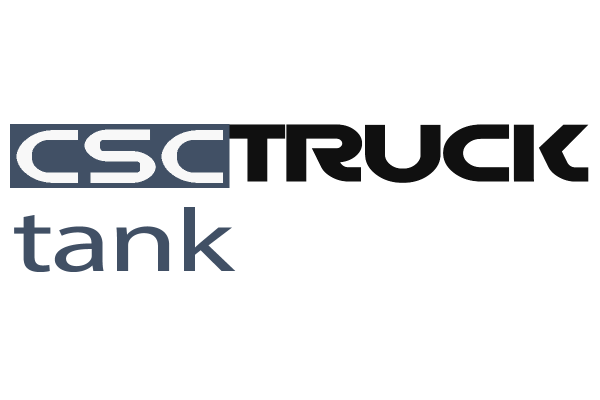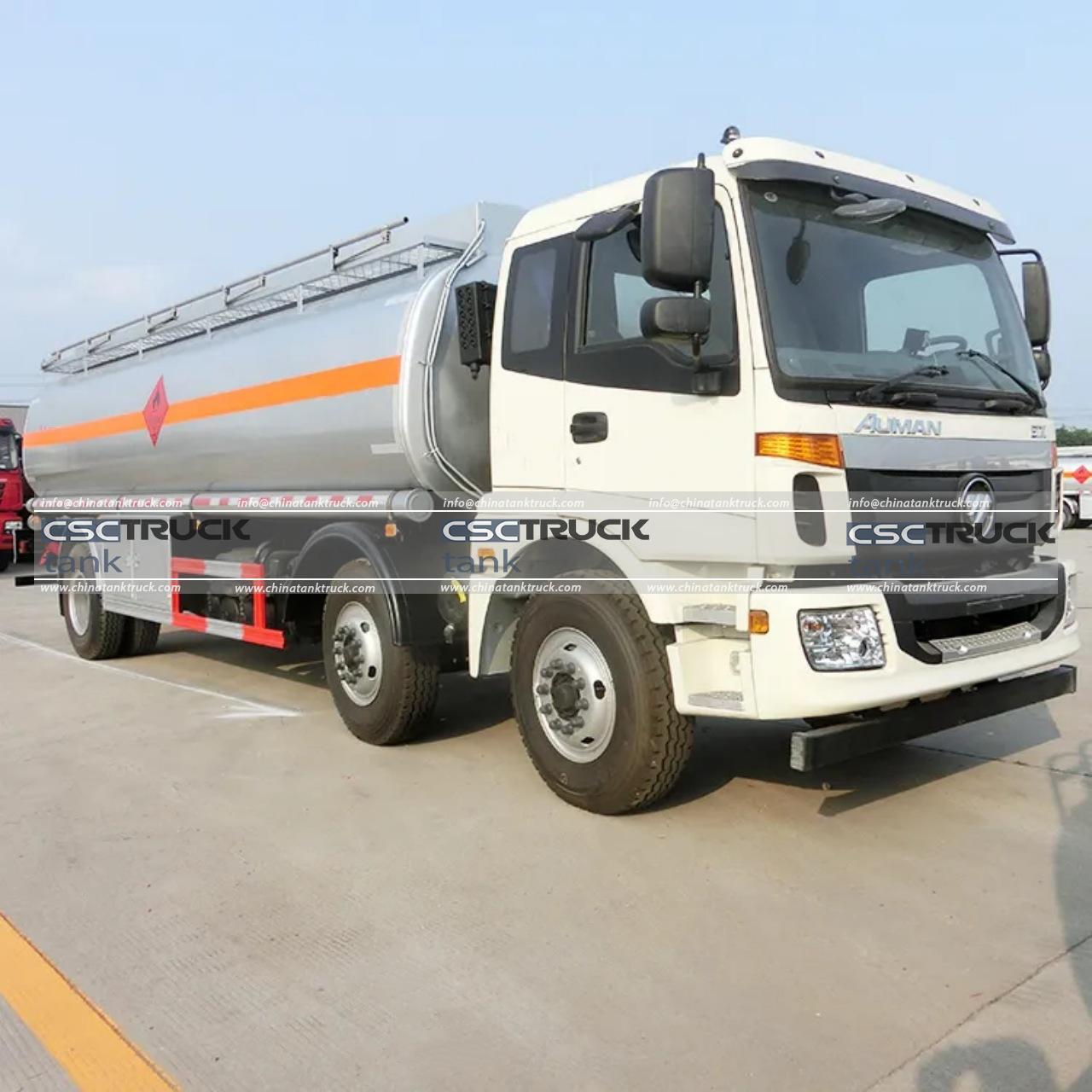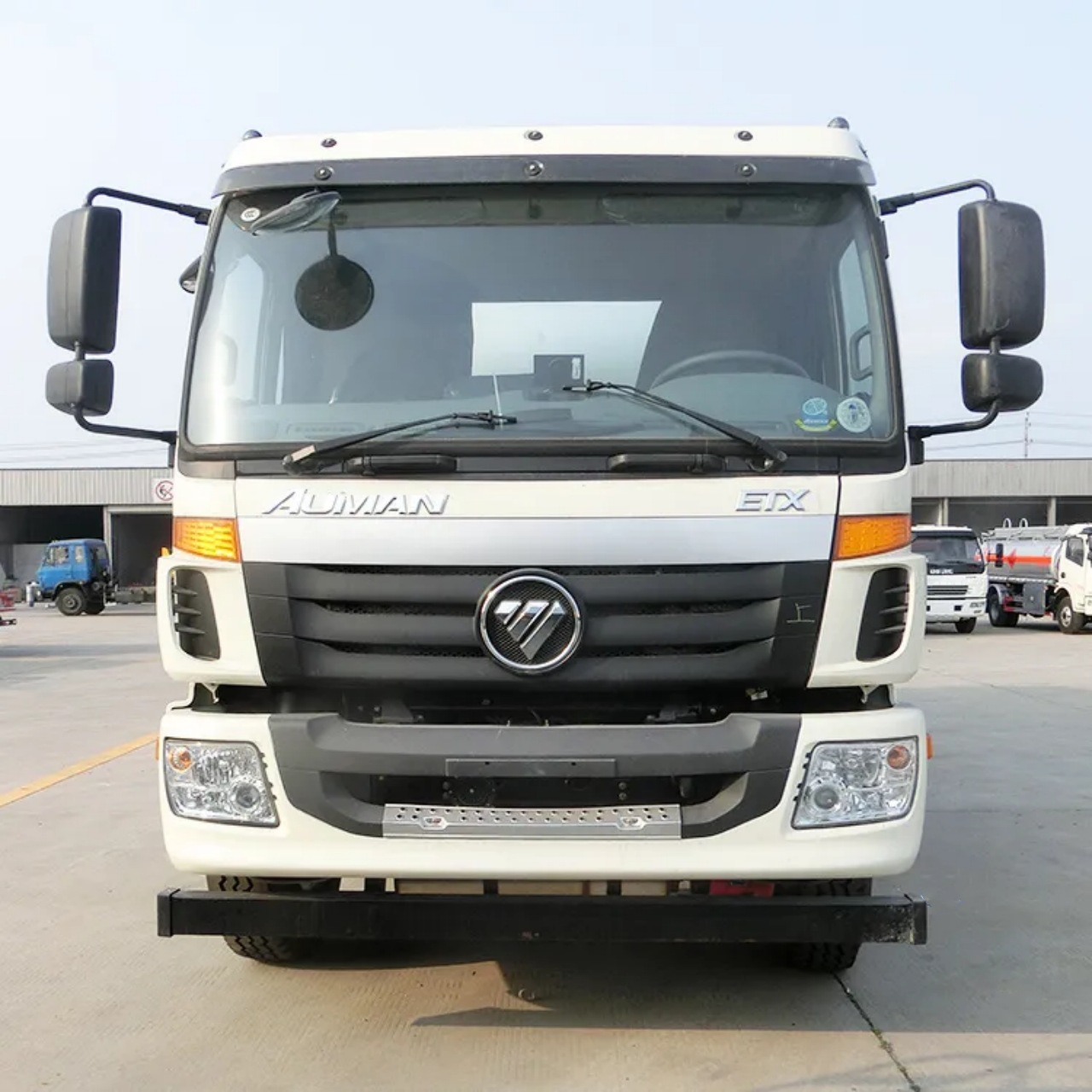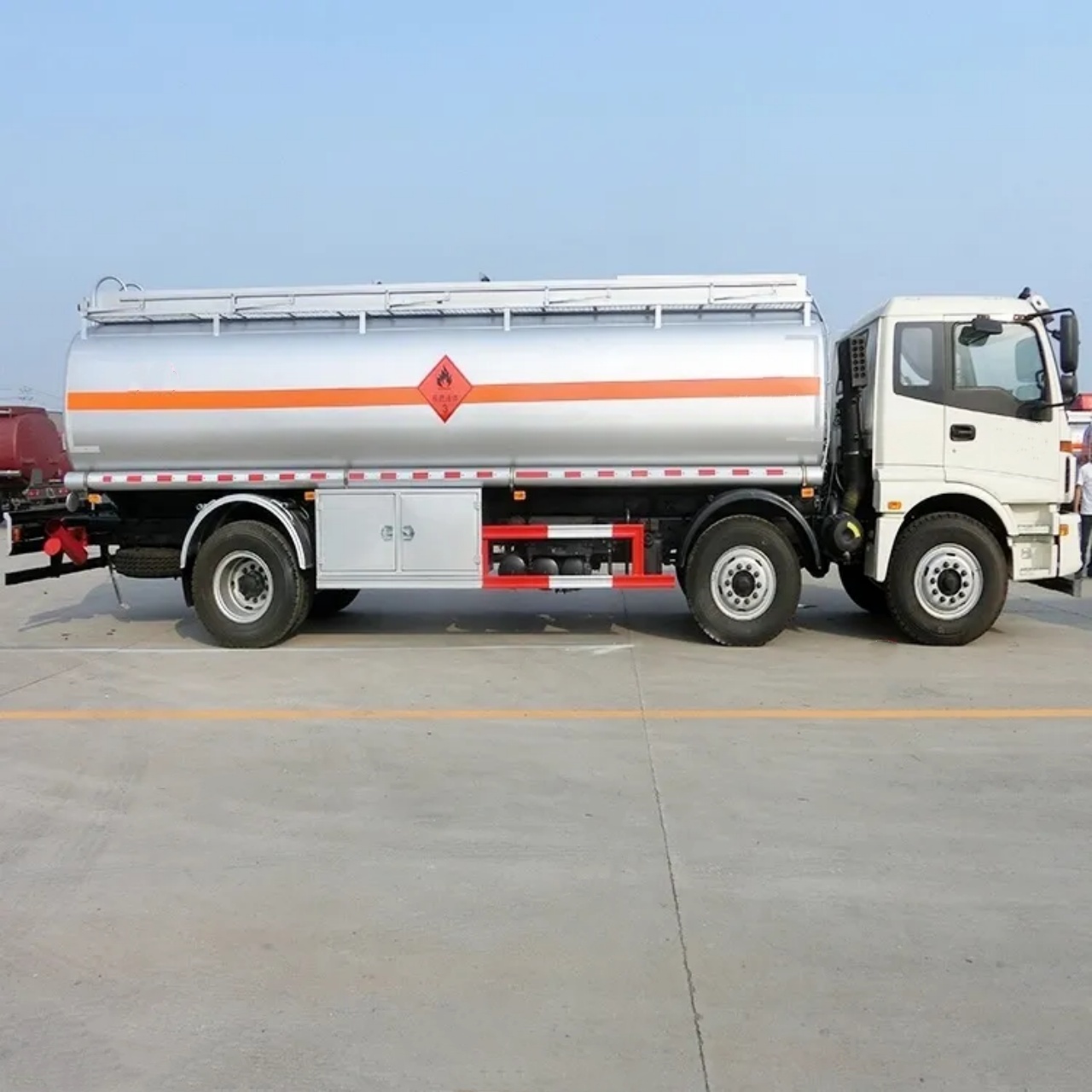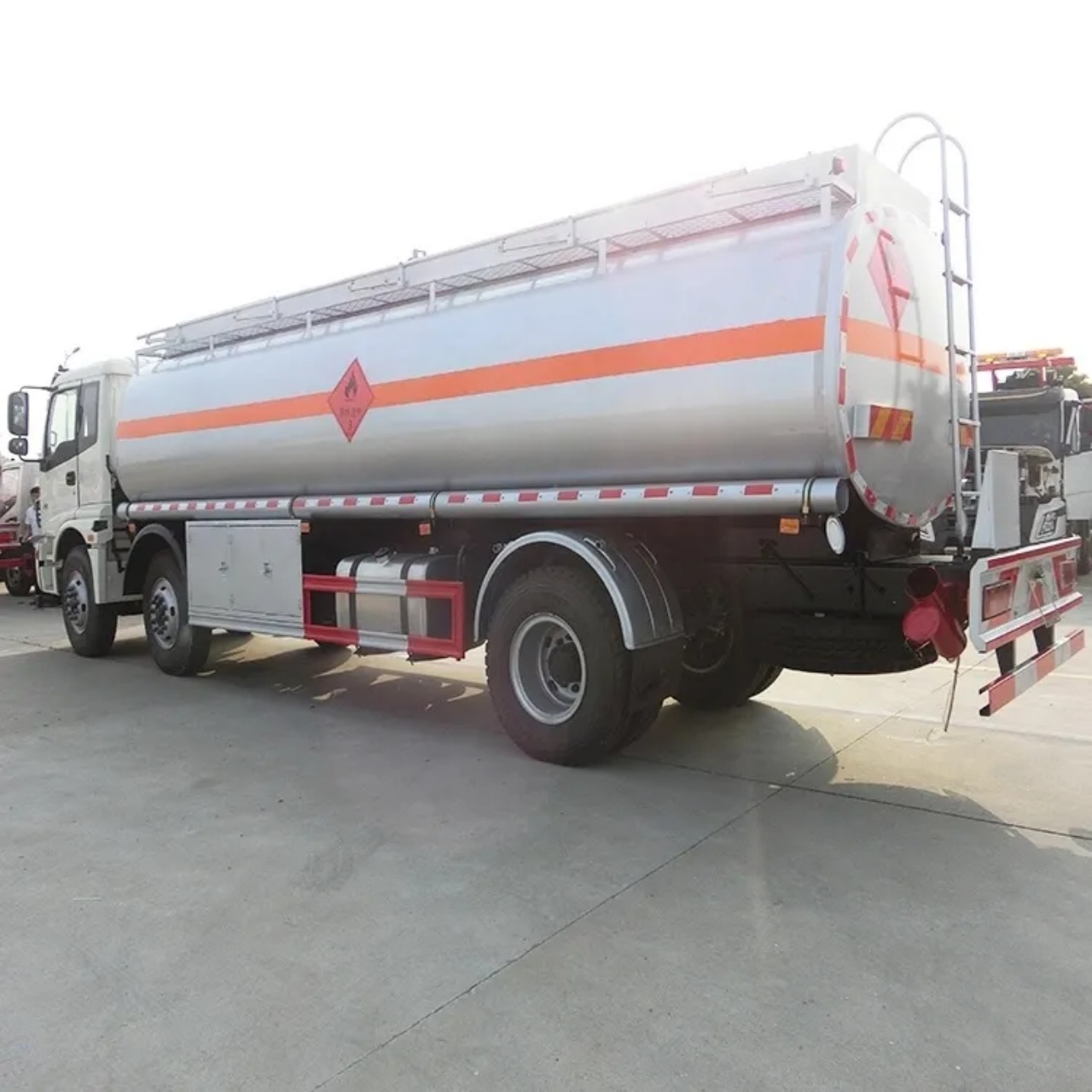In the world of road transportation, especially in logistics and fuel distribution, the term “petrol lorry” is often used to describe a vehicle involved in the transportation of petrol (gasoline) from refineries to fuel stations. However, what is commonly referred to as a “petrol lorry” in some regions may go by different names elsewhere. Understanding the terminology and the functions of these vehicles is essential for professionals in the fuel industry, logistics operators, and even those curious about the infrastructure that supports everyday life. This article explores what a petrol lorry is called, its variations, technical characteristics, and how it fits into the broader fuel supply chain.
Regional Terminology: “Lorry” vs “Truck”
Before diving into the specific terms, it’s important to clarify regional linguistic differences. In British English, the word “lorry” is commonly used to describe what is referred to in American English as a “truck.” Therefore, a “petrol lorry” in the UK is essentially the same as a “gasoline truck” in the US.
- Petrol Lorry (UK)
- Gasoline Truck (US)
- Fuel Tanker
- Tank Truck
- Petrol Tanker
- Fuel Bowser (used in aviation and military contexts)
- Road Tanker
All these terms are often used interchangeably, depending on region, application, and industry-specific language.
The Standard Term: Fuel Tanker
In most technical and commercial contexts, the vehicle commonly called a petrol lorry is referred to as a fuel tanker or tank truck. This is a specialized road vehicle designed to carry liquid fuel, including petrol (gasoline), diesel, aviation fuel, and sometimes other hazardous liquids such as ethanol or kerosene.
Fuel tankers are classified under hazardous materials transportation due to the flammability of their contents. As such, they must conform to rigorous safety, design, and operational standards.
Design and Structure of a Petrol Lorry
The modern petrol lorry, or fuel tanker, is a highly engineered vehicle with several key components:
- Tank Compartment:
The cylindrical tank is typically made of aluminum alloy, carbon steel, or stainless steel, depending on the type of fuel it is intended to carry. These tanks are designed to withstand internal pressure changes and prevent fuel spillage. - Multiple Compartments:
Many petrol lorries have tanks divided into several compartments. This allows them to transport different grades or types of fuel simultaneously (e.g., regular petrol, premium petrol, diesel). - Bottom Loading and Unloading:
Most modern tankers use bottom-loading systems for efficiency and safety. The vehicle connects to underground storage tanks at petrol stations using hoses and valves, reducing the risk of spills and static discharge. - Pump and Metering System:
A petrol lorry may include a metering system to measure the precise amount of fuel being delivered. This is especially useful for commercial fuel deliveries and ensures billing accuracy. - Safety Features:
Fuel tankers are equipped with fire suppression systems, pressure relief valves, rollover protection, and grounding systems to minimize the risk of fire or explosion.
Types of Petrol Lorries (Fuel Tankers)
Fuel tankers come in different configurations depending on capacity and operational requirements:
- Rigid Fuel Tankers:
These are smaller tankers where the cab and tank are mounted on a single chassis. Suitable for short distances or urban areas. - Articulated Tankers (Semi-Trailers):
These have a tractor unit towing a separate tank trailer. They can carry significantly more fuel and are typically used for long-distance transportation. - Aviation Refuellers:
These tankers are used on airport grounds to refuel aircraft directly. While still technically petrol lorries, they are more accurately called fuel bowsers or aviation refuellers. - Mini Fuel Tankers:
Smaller vehicles are used for fuel delivery in narrow or restricted spaces, such as remote construction sites or rural areas.
Fuel Tanker Capacities
The capacity of a petrol lorry varies depending on the configuration and legal restrictions in the region. Typical capacities include:
- Rigid Tankers: 5,000 to 10,000 liters
- Articulated Tankers: 20,000 to 40,000 liters or more
- Mini Tankers: 1,000 to 4,000 liters
In the UK and much of Europe, articulated fuel tankers commonly transport around 36,000 liters, divided into compartments ranging from 5,000 to 11,000 liters each.
Legal and Safety Regulations
Transporting petrol on public roads involves adherence to strict ADR (Accord Dangereux Routier) regulations in Europe or DOT (Department of Transportation) standards in the US. These rules cover everything from vehicle construction and driver training to emergency procedures and labeling.
- Hazard Placards: Fuel tankers must display hazardous material placards (e.g., UN number 1203 for petrol).
- Driver Certification: Operators must hold specific licenses such as an ADR certificate (UK/EU) or HAZMAT endorsement (US).
- Inspection and Maintenance: Vehicles undergo regular safety inspections, including checks on tank integrity, valve operation, and fire protection equipment.
Common Uses of Petrol Lorries
Petrol lorries play a critical role in various sectors:
- Retail Fuel Supply:
Delivering petrol and diesel to service stations and petrol stations across the country. - Industrial Fuel Delivery:
Supplying fuel to factories, mining operations, and large-scale construction sites. - Emergency and Remote Refueling:
Used in emergency services, military logistics, and in areas without fixed fuel infrastructure. - Agricultural Support:
Delivering fuel for farm equipment and storage tanks in rural areas.
Environmental Considerations
Given the flammable and polluting nature of petrol, fuel tankers are also at the forefront of environmental scrutiny:
- Spill Prevention: Tankers are designed to minimize the risk of leaks and spills during transport and unloading.
- Emission Standards: Most modern vehicles comply with Euro VI (Europe) or EPA standards (US) for exhaust emissions.
- Electric and Hybrid Tankers: Some companies are testing or deploying electric or hybrid trucks for local deliveries to reduce carbon footprints.
Conclusion
So, what is a petrol lorry called? While “petrol lorry” is a valid and widely understood term in the UK, it is only one of many names for this essential type of vehicle. Globally, these vehicles are more commonly known as fuel tankers, gasoline trucks, or tank trucks. Regardless of the terminology, their role in the supply chain is crucial. They ensure that fuel reaches filling stations, industries, airports, and farms, keeping economies and communities running.
Understanding the names, types, and functions of petrol lorries helps appreciate the complex logistics behind fuel distribution. It also highlights the technological and safety advancements that make transporting such hazardous materials both efficient and safe in today’s world.
